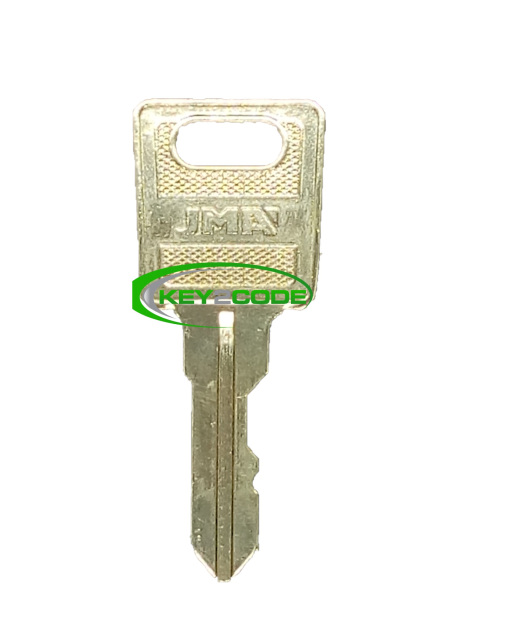

I’ve yet to find a TSA 001 or 003 I’m under the impression they are rarely used anymore. I’ve only seen the TSA 006 integrated into luggage from Rimowa, and it appears to be a dimple lock of some sort designed by ABUS August Bremicker Söhne KG ( patent). The TSA 005 can be found in some Lewis & Clark and Samsonite locks and seems to use a Master Lock M2 blank (I should have a master key for it shortly). The TSA 004 is used by CCL Presto Lock, but you don’t see it in stores much. The TSA 007 is by far the most common, with the TSA 002 being next in my experience. The possible 8th one would be the one for Safe Skies, but in my tests the Travel Sentry 007 seems to work on two out of four Safe Skies lock models I have (more testing needed). There are 7 master keys used by the TSA (ok, maybe 8), 001 through 007. Legal issues aside, lets get to the technical/mechanical details of the locks in question. I’ve tried to read the legal documents and they’re pretty dry.

As you would expect, eventually there was a bunch of legal back and forth between Travel Sentry and Safe Skies over whether there was prior art, if a patent involving government use mattered, and who had the right to make the locks. On November 12, 2003, Tropp filed for a patent on the idea (7,021,537), but apparently both organizations had been in contact with the TSA about the idea prior to that date. Around the same time in the early 2000’s David Tropp, the creator of Safe Skies who manufactures their own locks, came up with the idea of having a dual action lock that the TSA could open one way, and the user another. John Vermilye, a baggage consultant for the airline industry, knew this and started collecting the most common keys for the TSA before eventually founding Travel Sentry to come up with lock standards that the TSA would have master keys for. Apparently as far back as the ‘70s customs officers who had to check unclaimed bags would keep a set of the most common luggage keys around.

There are two competing “brands” of TSA approved locks, Safe Skies and Travel Sentry. As a result, people started looking for a solution to make both the TSA and flyers happy(ish). This led to a lot of unhappy flyers who had their locks cut off.

First, a little background information.Īs a response to the September 11th, 2001 attacks, starting on Januthe TSA mandated that all checked bags at airports be openable for screening. However, if all that is keeping something obscure is a thin piece of metal that any adversary can attack in the privacy of their own workshop, it’s not very obscure. You could even argue all security is through obscurity, since knowing a password, secret, code, or encryption key will get you into just about anything.
Tsa006 master key password#
Security through obscurity can work if the information being used is truly obscure, like a very long password or encryption key. Really, we don’t need photos of the keys to make master keys like the TSA have all one has to do is just take apart a lock and use what is learned from it to create a key to open all locks using that same master key. This, along with articles about people duplicating keys from pictures taken of them or 3d printing keys has people concerned. Recently a lot of news and commotion has been made about photos of the TSA master keys being leaked online by the press. While it’s common knowledge to locksport enthusiasts how weak TSA approved locks are, the average traveler is mostly unaware of it. By TrustedSec in Physical Security, Security Testing & AnalysisĮvery lockpicker knows that the TSA approved Travel Sentry/Safe Skies locks are garbage, but if you don’t want your normal checked bags to have their locks cut off, there are only so many options (that said, sometimes they still cut them off).


 0 kommentar(er)
0 kommentar(er)
